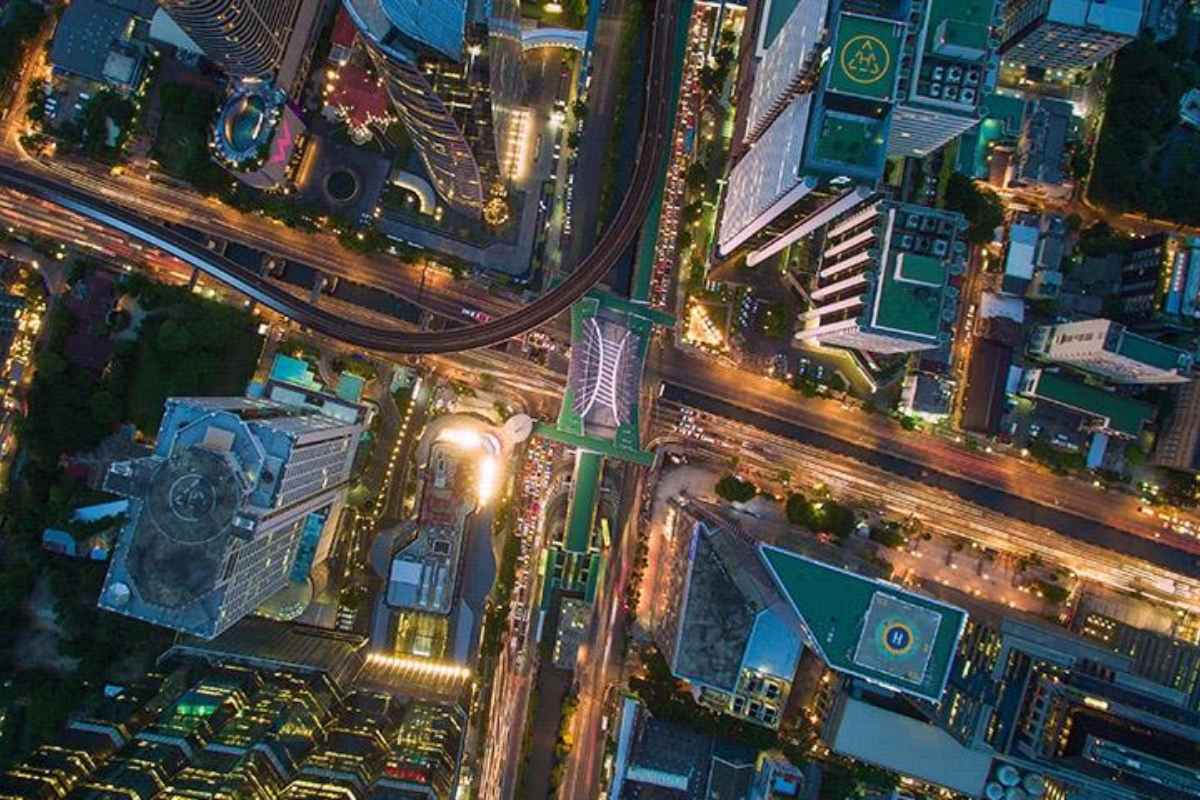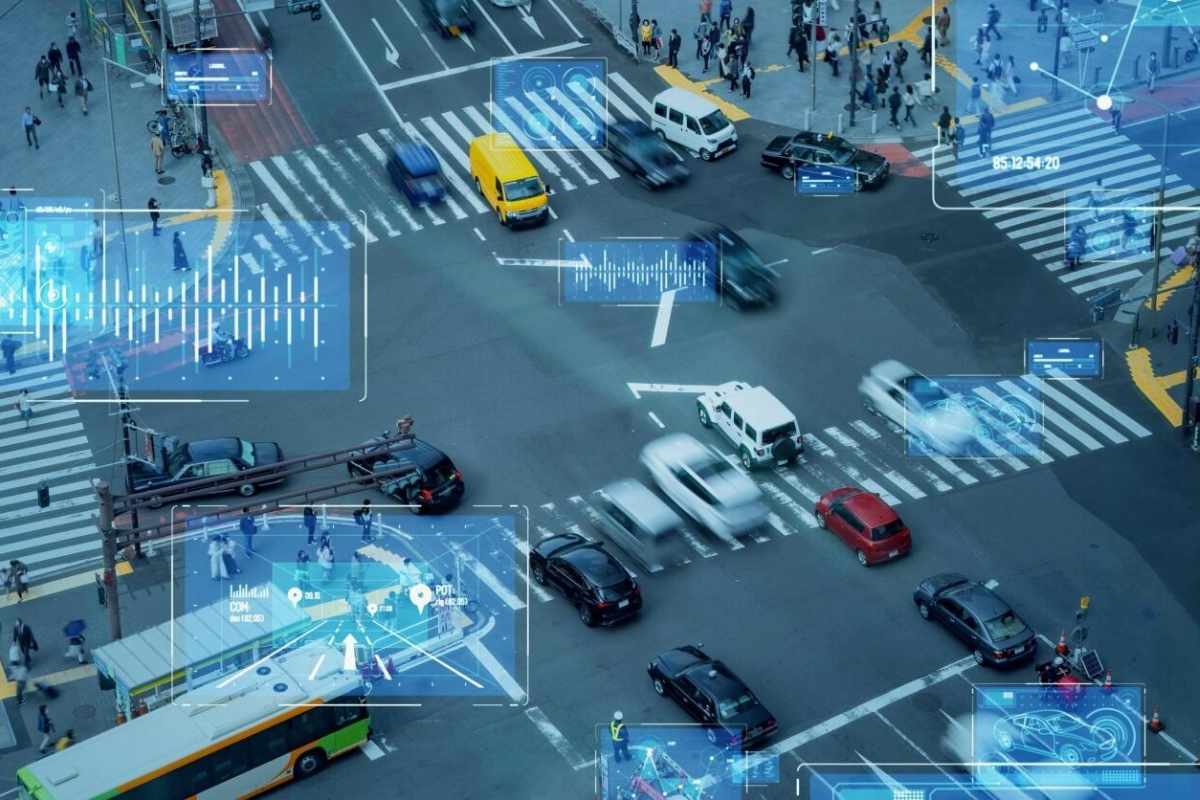As global populations continue to rise, megacities are becoming the focal points of economic, social, and technological transformations. By 2050, it is estimated that over two-thirds of the world’s population will reside in urban areas, prompting rapid advancements in infrastructure and smart technologies. This article explores how urban growth and technological innovations are shaping the megacities of the future.

1. The Rise of Megacities
Megacities, defined as urban areas with over 10 million residents, are growing at an unprecedented rate. Cities like Tokyo, Delhi, and Shanghai are already home to massive populations, with more cities expected to join their ranks in the coming decades.
Key Impacts:
- Overpopulation Challenges: Strains on housing, healthcare, and public services.
- Economic Powerhouses: Megacities drive national and global economies.
- Environmental Concerns: Higher carbon footprints and resource consumption.
2. Smart Infrastructure and Urban Planning
To accommodate the rapid urban expansion, governments and city planners are leveraging smart technologies.
Key Innovations:
- AI-Powered Traffic Management: Reducing congestion and improving mobility.
- Sustainable Housing Solutions: Eco-friendly buildings and vertical farms.
- Automated Public Services: AI-driven waste management and utilities.
Read more: The Power of Microbiology: How Tiny Organisms Impact Our Lives
3. Transportation and Mobility
Efficient transportation is crucial for the functionality of megacities.
Future Trends:
- Autonomous Vehicles: Self-driving cars and smart transit systems.
- Hyperloop and High-Speed Rail: Faster, more efficient intercity travel.
- Electric and Shared Mobility: Reducing emissions with sustainable options.

4. Smart Cities and IoT Integration
The Internet of Things (IoT) is playing a significant role in enhancing urban life.
Key Implementations:
- Smart Grid Systems: Optimizing energy consumption.
- Real-Time Data Monitoring: Enhancing security and emergency response.
- 5G Connectivity: Enabling seamless communication and automation.
5. Sustainability and Green Urban Development
As urban areas expand, sustainability becomes a top priority.
Key Strategies:
- Renewable Energy Adoption: Solar, wind, and hydroelectric power.
- Urban Green Spaces: Parks, rooftop gardens, and urban forests.
- Waste Reduction Initiatives: Circular economy and recycling programs.
Conclusion
Megacities of the future will be defined by their ability to integrate technology, sustainability, and efficient urban planning. By embracing smart solutions, these cities can ensure a higher quality of life for their residents while addressing the challenges of rapid urbanization. As technology advances, the way we live, work, and interact within megacities will continue to evolve, shaping the urban landscapes of tomorrow.


